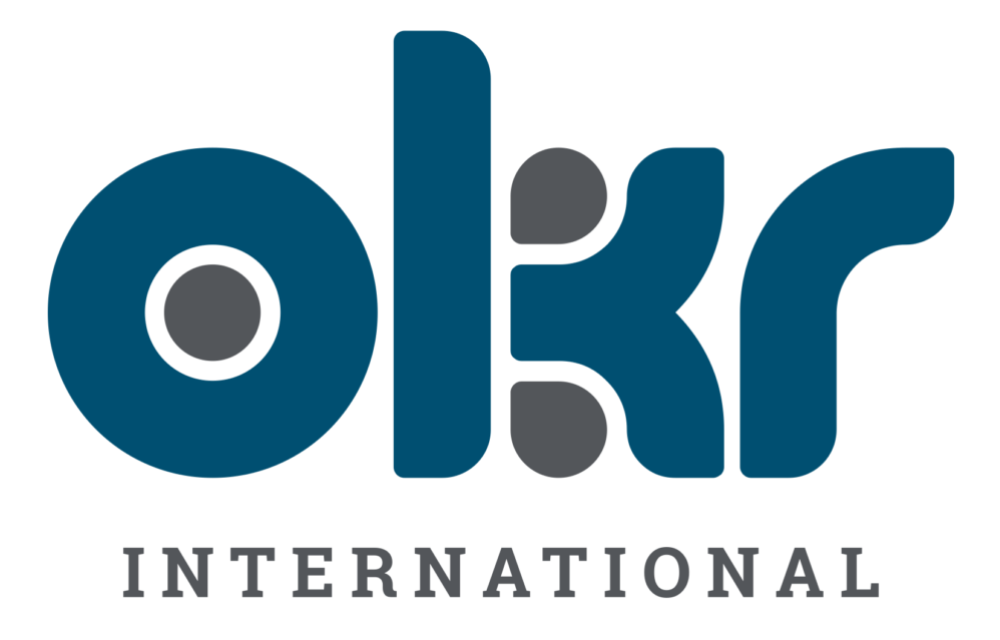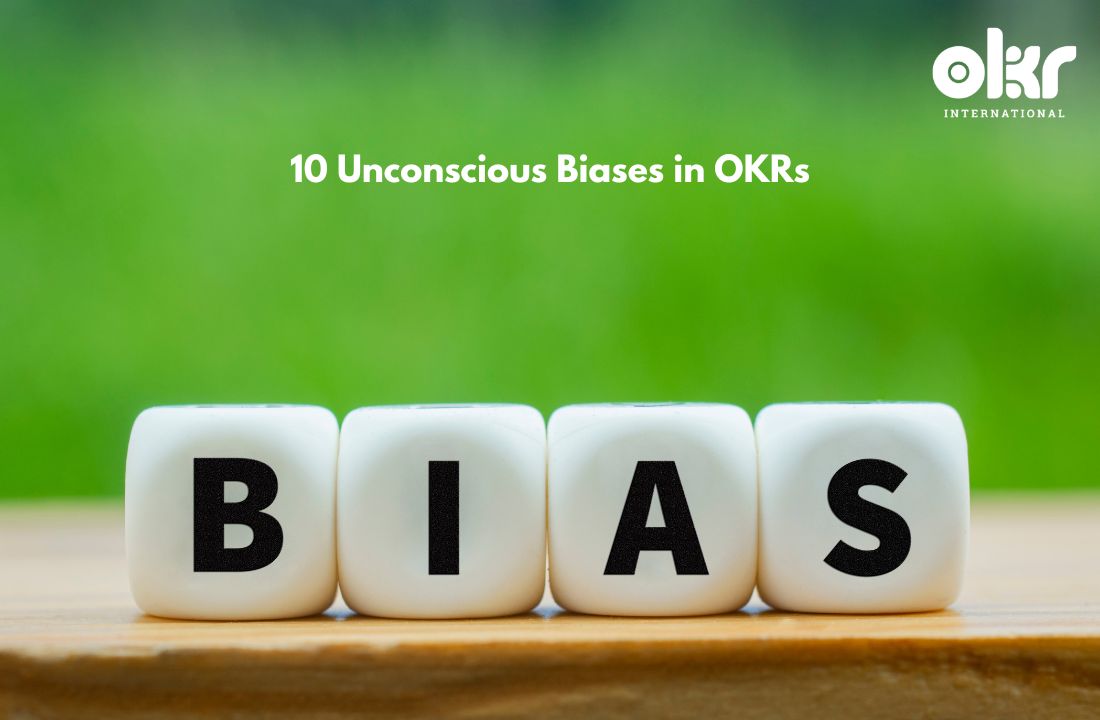Estimated reading time: 10 minutes
10 Unconscious Biases in OKRs
Those that work in the tech-space may have heard of GIGO – Garbage in, Garbage Out. In simple terms, flawed input will result in flawed results. This got me thinking about the top 10 Unconscious Biases and how they may have the biggest GIGO effect on OKRs. OKRs can go wrong for a myriad reasons. This article focuses on one of the most important yet ignored reason why OKRs fail to bear results for its users – Unconscious Biases.
Being a student of Unconscious Biases in Leadership, I would like to thank Rolf Dobelli for inspiration through his book ‘The Art of Thinking Clearly‘ as I write this article on 10 unconscious biases that effect OKRs.
How do these 10 Unconscious Biases impact your OKR Efforts and what to do about them?
1. Survivorship Bias

People systematically overestimate their chances of success. When you hear of stories where companies have grown exponentially, it is natural to yearn to potentially be on that list. Guard against it by looking for what makes OKRs fail and why it won’t be an easy walk in the park. Learn lessons from others’ mistakes as you build your foundation to success.
2. Social Proof

You must’ve noticed that in meetings, when someone claps to applaud a coworker, soon everybody follows suit. Sounds familiar? Well, that’s called Social Proof. This is quite pertinent during OKR Planning and Alignment. Individuals feel that they are behaving correctly when they align their actions with the majority’s. An amusing acronym that has an equally amusing meaning- HIPPO, which stands for Highest Paid Person’s Opinion- is Social Proof at its best!
An easy way to guard against Social Proof, and which has been adopted by some companies, is called ‘the 11th person’. Basically, you can appoint one person in the team to act as the Devil’s Advocate and their job would then be to challenge the OKR or the initiative that is generally agreed upon by the all by stating alternatives.
3. Contrast Effect

This is when one person is ready to walk 15mins to save £10 on a meal, but the same person would not walk for 15mins to save £10 while buying a car worth £15,000. We tend to judge something as good or more so, large, if we have something bad or poor to compare it to.
This can be quite pertinent when you are grading your OKRs for progress or when you are setting OKRs for the next cycle by comparing it to the previous cycle. Guard against it by looking at what’s at hand and how that helps you in achieving your overall purpose and strategic intent.
4. Availability Bias

Best summed up in the statement: ‘we prefer wrong information to no information‘, this is the Availability Bias. It is often seen at board meetings when board members engage in a discussion about what information has been submitted by management, like QBRs or Annual Operating Plans instead of what’s not submitted (but is equally important) like a dip in Employee Engagement or a change in Consumer Habits.
One must be careful of KPIs that already exist within their team/ organisation. Sometimes, teams pick these up and elevate them to OKRs even though they may be ‘business as usual’ KPIs. I have also seen teams reverse-engineer OKRs by choosing initiatives or projects they are already working on and then working backwards to define Key Results and Objectives. This will severely hamper your Innovation Index and render you the victim of incremental growth, as against exponential growth.
5. Incentive Super Response Tendency

A simple bias as highlighted by Charlie Munger highlighted was that people respond to incentives by doing what’s in their best interest. So, OKRs need to be de-linked from incentives and rewards. This is, in fact, one of the most Frequently Asked Questions in OKRs (FAQs in OKRs).
The rulers of Hanoi, Vietnam, during France’s occupation, passed a law to control infestation of rats. The captor would receive a reward for every dead rat. The overall population of rats did not decrease despite a rise in their death rate. Rat-breeding increased, especially for the reward.
Isn’t this tendency seen at the workplace too? Daniel Pink, in his book Drive, points to research that suggests that for tasks that are not rudimentary in nature, higher rewards result in poorer performance.
OKRs are meant to encourage experimentation and fail-fast modes within teams. When people start stacking up successes and sandbagging, there is no innovation but only safe-play.
6. Success Monkey (Outcome Bias)

A good outcome does not always mean a good decision, a bad outcome does not always mean a bad decision. Often, when reviewing OKRs in cadence meetings one may come across great results, this may be more due to external factors and less due to the nature or implementation rigor of the initiatives involved. Be careful here, as you may end up repeating those initiatives when conditions are no longer tail winds for you, and you may end up with the needle not moving at all.
In the same breath, one must not discard good initiatives blindly just because they did not bear results – it’s best to look for barriers that prevented the needle from moving. Guard against this by investigating what’s really going on, look for facts, ask questions and move forward accordingly.
7. Action Bias

To understand ‘action bias’ let us examine the work done by Michael Bar-Eli. He evaluated hundreds of penalty shootouts in football matches. Michael observes that once the ball takes 0.3 seconds or less to hit the goal. Since the goalkeeper needs to take a call before the ball is kicked, this is not enough time for him to respond. The probability of the ball being kicked is 1/3rd in all directions (left, right or center) and is therefore equal. Yet, during a penalty shootout, you will seldom find the goalkeeper standing in the center. This is because they would rather lose the goal diving on the wrong side than doing nothing at all.
Many times, teams struggle to write outcome based Key Results because they are unable to think of the right metrics or KPIs. Instead of taking time to think and research, these teams end up writing activities / initiatives as Key Results. The danger here is – it narrows your focus and provides you with little to succeed on, in achieving your objective. Since outcomes are missing, teams end up doing tasks without knowing why they are doing this.
One can prevent this by researching what their competition might be doing, connecting with your external networks and asking for expert advice, reading profusely and not being afraid to choose a metric just because it might end up being wrong. OKRs are meant to keep you agile. You can always improvise when you make mistakes. The trick is to do it quickly enough, so you don’t find yourself behind in the race to innovation!
8. Association Bias

The Pavlov experiment is the best example to understand Association Bias. However, when this starts showing up at the workplace, this bias may be detrimental for teams that do not feel psychologically safe at the workplace. To explain more, an employee called John tried to experiment on a new idea at work but he was frowned upon by everybody. Going ahead, each time the management asked for volunteers to lead new projects, John felt the same association of guilt and embarrassment from his failed encounter.
When leaders fail to create a culture of psychological safety for their people, they associate innovation and growth with fear and failure. Watch out for this!
9. Cognitive Dissonance

We all know about the story of the fox and the grapes. When the fox could not get to the grapes, it had 3 options to choose from. 1) Find a new way to get to the grapes 2) Admit that it had no skills to get to the grapes 3) Retrospectively reinterpret what happened. Option #3 is an example of Cognitive Dissonance. Another example is when you apply for a job and you don’t get it. While you know that you were not the right fit, you tell yourself (and others) that you were just testing the job market.
When teams are unable to achieve goals sometimes, during OKR retros, teams end up creating cognitive dissonance. Guard against this by looking for facts rather than interpretations of it. When teams talked about what worked and what didn’t lay special emphasis on facts behind the reasons.
10. Information Bias

When asked to create a map of a place with so much accuracy, Jane ends up creating a map that is 1:1 in scale. This extremely detailed map then merely duplicates what already is. This is an extreme example of information bias – too much information does not guarantee better decisions. Information bias has been a behavior cognizant of the waterfall methods of managing products and projects.
Agile teams may need to be watchful of these behaviors while working on sprints or with OKRs. The tendency to want all the information before starting to act may hinder the spirit or experimentation, MVP modes and prevent teams from being agile.
References
- Rolf Dobelli, The Art of Thinking Cleary (Get Abstract)

Over the last 26 years, Nikhil has helped more than 400+ organizations across 22 industries in Strategy Planning & Implementation, Culture Transformation, and Leadership Development. He is a coach & behaviorist by profession.
OKR International operates with the purpose to help companies become more agile, more collaborative & more successful. With a global repertoire across a dozen industries, they play in the areas of OKR Implementation, Mentoring & Coaching.
Podcasts of Interest
Popular Blogs
- Micro-OKRs™ in Sales and Marketing
- Applying Micro-OKRs™ to Customer Success and Retention
- Revolutionize Product Development with Micro-OKRs™
- How to Align Cross-Functional Teams with Micro-OKRs™
- Differences Between Micro-OKRs™ and Traditional OKRs
Advantages of OKR AI Cadence Reviews Emotional Intelligence FAQ OKR FitBots Frequently Asked Questions OKRs Gtmhub Micro OKRs OKR Benefits OKR Certificate OKR Check-In OKR Coaching OKR FAQ OKR Full Form OKR Implementation OKR Rituals okrs OKR Software Why OKR?


